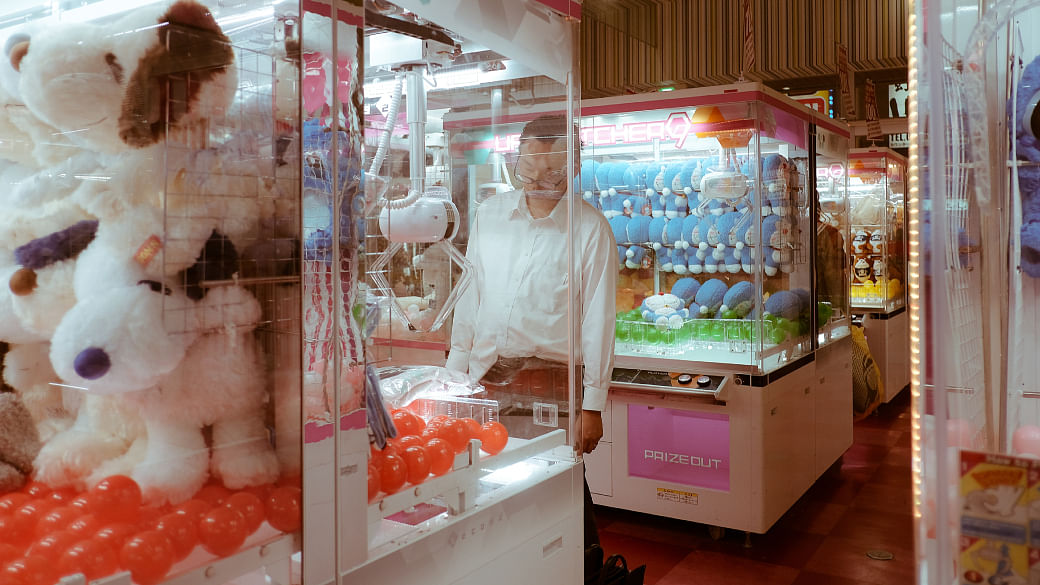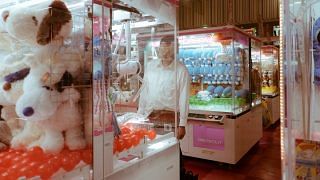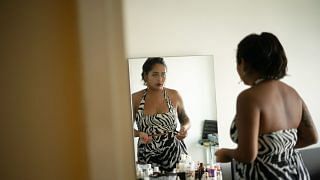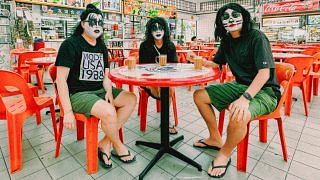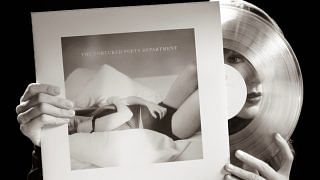Singapore photographer, Rebecca Toh, is an industry star whose broad roster of clients span luxury and lifestyle titans here and overseas, to influential media companies such as The New York Times. At the same time, her poetic personal work has landed her both awards and exhibitions. Fresh off her cover story for this edition of FEMALE – her first-ever fashion editorial – she expounds over email on what heartens her about the local photography scene and what more can be done to help it grow.
Let’s go back to the start: What first drew you to photography and why this medium in particular?
“I picked up film photography when I was about 20 (she’s 38 this year). I was browsing Flickr when I came across these beautiful film photos taken by amateur photographers that took my breath away. That was the moment I knew I needed to get my own camera. I didn’t become a professional photographer until I was about 27 though. Between the ages of 20 and 27, I tried and failed at many things. At one point I was a cafe-owner, a marketing executive, a tuition teacher, a part-time radio DJ, an indie magazine publisher (for only one issue – haha), a newspaper columnist, and a freelance writer. None of that clicked with me until I decided to become a photographer. Only then did everything fall into place. I think I started doing photography because I was bored of reality and realised my camera could make my life seem more interesting, fascinating and romantic than it was. And it allowed me to channel my many emotions into something visible. If I was feeling sad, I could take a sad picture, and if I was feeling calm, I could take a calm picture. It became my way of communicating with the world without saying a single word, and that suits my personality.”
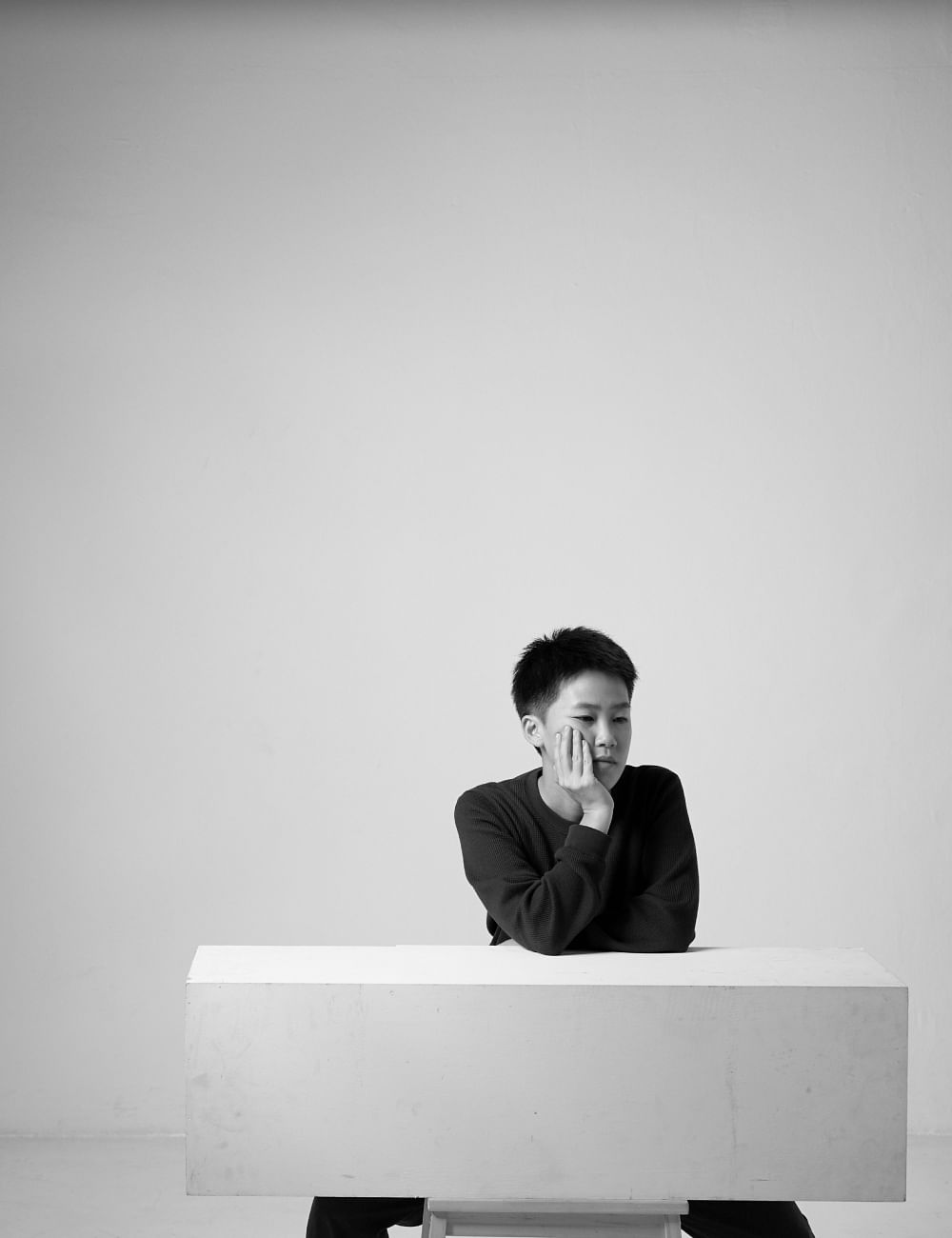
Rebecca Toh
Your personal work has an almost nostalgic tenderness to it. As a photographer, how important is it to be feeling?
“I’m very aware of the passing of time and I’m obsessed with death. Maybe that’s why everything feels nostalgic to me and why my photos seem that way. To use the colloquial term, ‘being feeling’ is a very important component of my work. I’m constantly going through different emotions and naturally they get channelled into my images. I also believe that it’s important for creatives to put genuine emotions into his or her work. Not everyone will see your work, but for those who do and get it, they will be able to feel the weight of your emotions and feel connected to what you’ve produced.”
Does this mean that all photographs should have a message to tell?
“Nope. I don’t think we should go around trying to make meaningful photos or photos that have a message in them. We should just take photos of the things and people that arouse us. The message can be excavated later on – or not at all. It doesn’t matter. That said, I do tend to believe that meaning or purpose comes about spontaneously each time one takes a photo. We can also retrospectively attribute meaning to a photo, but while photographing, we should revert to using our base instincts and be as free as possible. Don’t overthink it.”
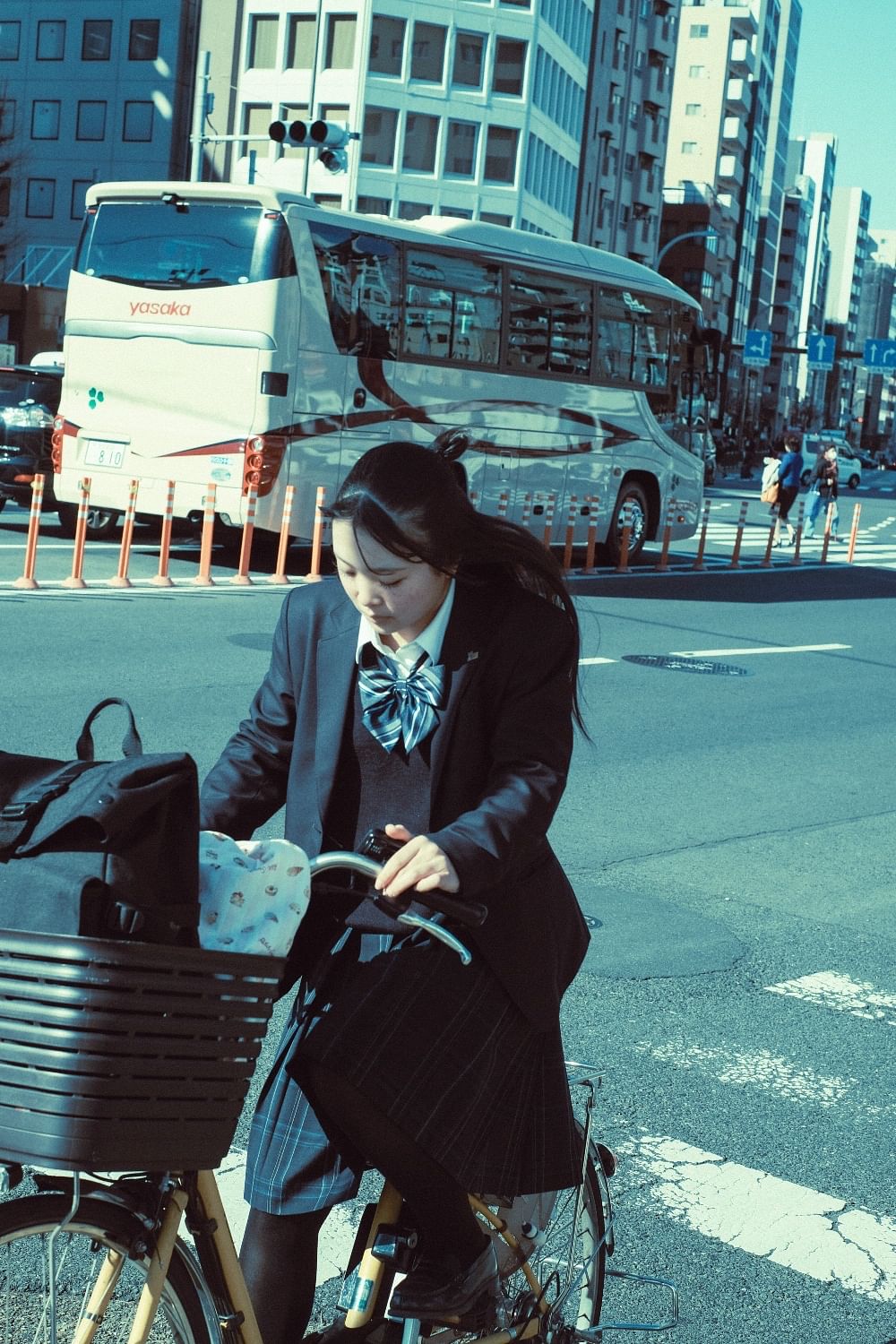
This image (and some in this story) are plucked from Rebecca Toh’s Alone in the Universe series – which was created over a period of 10 years and comprises photos all shot spontaneously during her visit to Japan.
What makes a good photograph then?
“To me, a good photograph is one that makes the viewer feel curious about the person who took it. A good photograph is not just about having good composition or light, or a beautiful subject. That’s not quite enough… A good photograph has to have a unique voice that speaks of its unique creator.”
In the age of social media and technologies such as AI, can an image remain unique?
“AI makes me want to be even more human – or at least embrace my human-ness more. I think the role of a photographer is to capture history: things that really happen on earth at a certain point in time. By that definition, AI can never replace human photographers.”
You’ve been working as a photographer for 11 years now. How would you say the photography scene here is different today from when you first started?
“Singapore’s photography scene has definitely grown in some ways. There are way more photographers here now than when I started in 2013, and many of them are really amazing – especially the non-professional ones! In terms of work though, I don’t think things have evolved much. Clients mostly remain cautious, and most campaigns are very safe and don’t push the envelope much.”
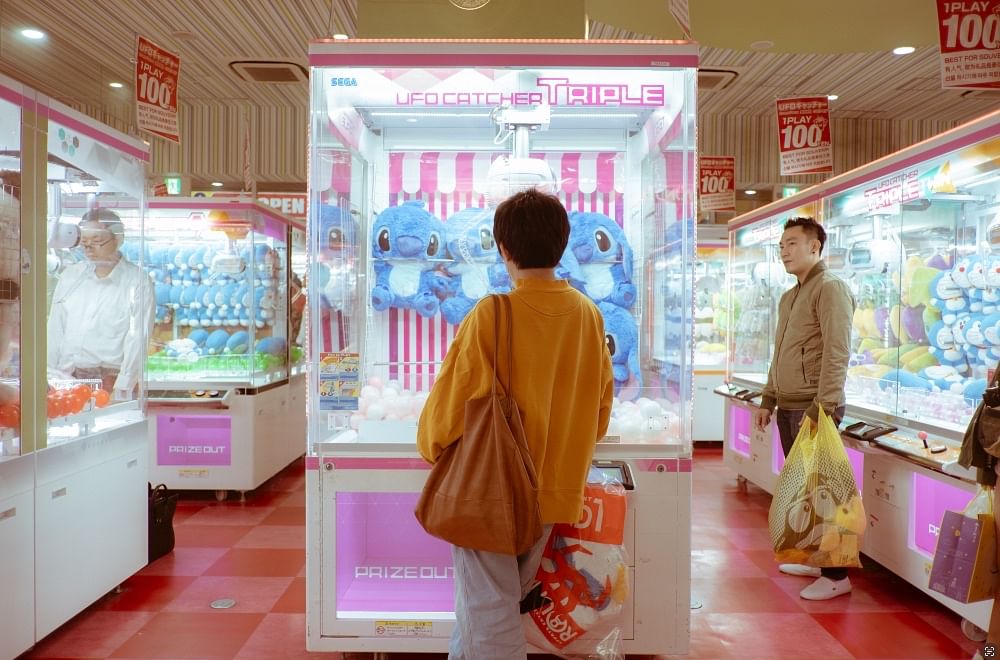
A scene in a Japanese arcade from Rebecca Toh’s Alone in the Universe series.
Could you elaborate more on this?
“To be honest – in comparison to overseas markets or when working with international clients – we don’t have the most interesting or creative jobs for photographers in Singapore. This is because most clients here don’t want to take risks… Singapore is trying to be a more creative city, but many factors conspire to stop us from being fearlessly creative. For starters, our high rents deter young people from pursuing their dreams and our young history as a nation means that we haven’t had the time to develop artistically as a country. I think that with our small population, it’s also hard to sustain the creation of more museums and art spaces. And of course, there is the general sense of commerce being prioritised over art and creativity. I hope that things can change though and – looking at the next generation and all the promising things it’s doing – I think they will.”
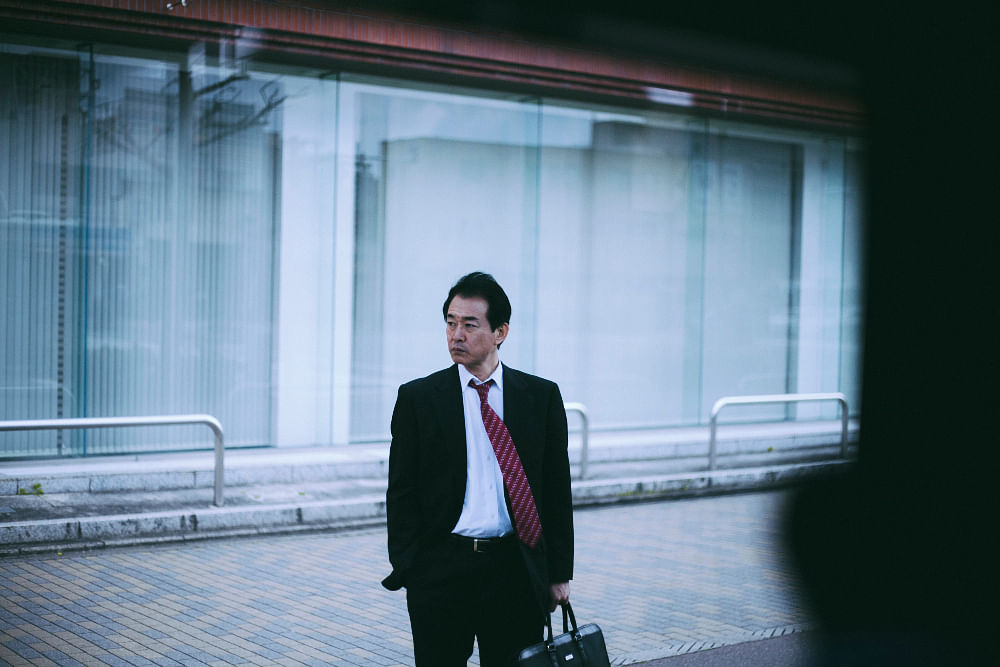
Rebecca Toh believes that while photographing, we should revert to using our base instincts and be as free as possible and not overthink it.
Realistically speaking then, is it possible to make a living as a photographer in Singapore? What’s life like as one?
“The life of a full-time photographer is fun! I like it very much. I am a freelance photographer so I have the freedom to choose when I want to work and when I want to take a break, which I love. I also enjoy seeing what kind of job requests come through in the inbox – sometimes it’s surprising what the universe randomly brings you! The one big thing that can go wrong for a freelance photographer though is when there are no jobs, which can be anxiety-inducing. However I believe that if you work hard, produce really good work, maintain good relationships, learn to market yourself and be smart about how you go about doing things, there is no reason to not have jobs. As a freelancer, you get to have a lot more control over your career than you think. And yes it’s possible to make more than a dependable living on photography. It is in fact possible to do very well. People commonly have misconceptions about photographers and their income, and think we make very little money simply because we are creatives. I’m telling you, good creativity sells – but first, you have to believe that it does.”
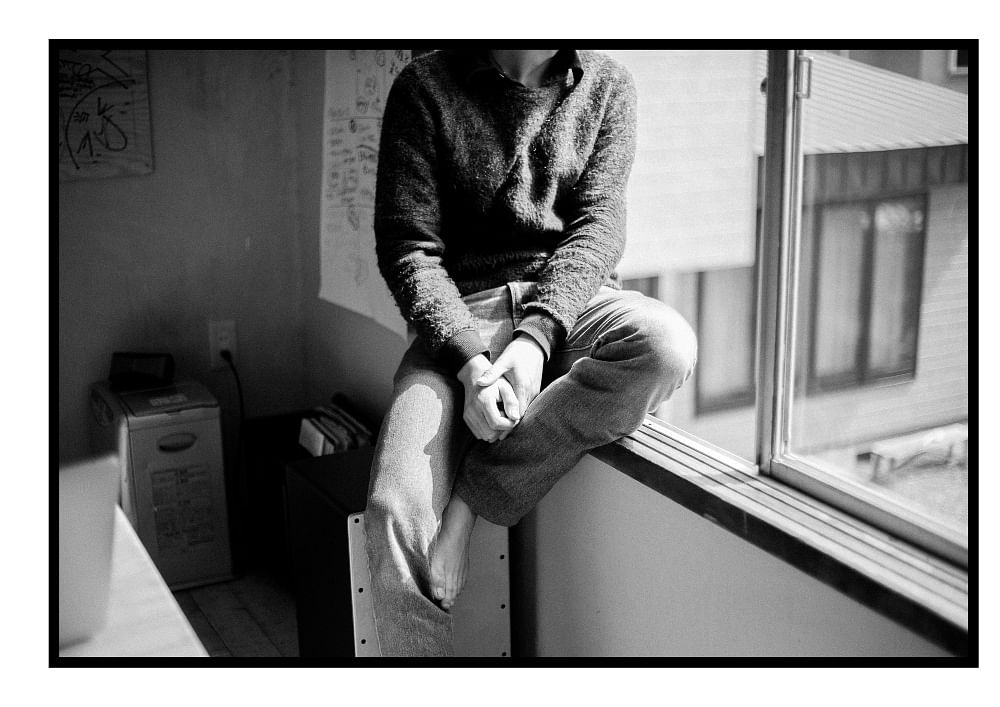
There’s a deep sense of nostalgia and tenderness in Rebecca Toh’s work. “I’m very aware of the passing of time and I’m obsessed with death. Maybe that’s why everything feels nostalgic to me and why my photos seem that way,” she explains.
What are some things that you love about the local photography scene?
“I see a lot of passion out there and a lot of talent – both raw and polished. It’s also heartening to see that film photography is making a comeback. I’m always stumbling on really good local photography accounts on Instagram. Many of the people behind these accounts are hobbyists and amateurs, but that doesn’t stop them from seriously pursuing photography. And that’s what I love about the photography scene here. It’s not driven by money or pure ambition. Many people do it simply out of love for the medium.”
There are non-profit organisations such as DECK and Objectifs offering a platform to young imagemakers, but is there more we can do to foster the next generation of photographers here?
“For sure! I would love to see more photographers sharing their knowledge more openly. And it would be cool if we make more photo books; organise more photo exhibitions; go into schools and introduce photography as an art form to kids; and begin seeing photography as an art form not unlike painting ourselves. For change to happen, it needs to be happening at every level and that includes right from when kids are starting to get curious about art.”
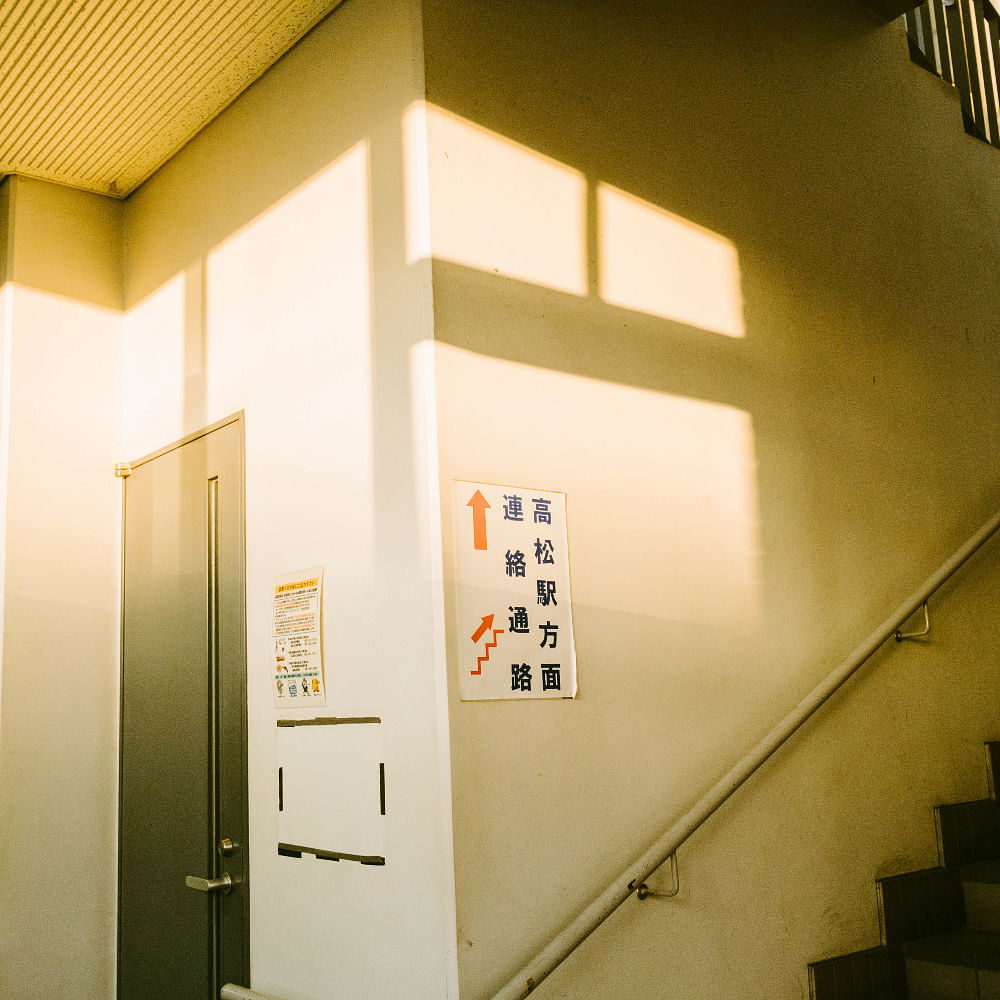
“A good photograph is not just about having good composition or light, or a beautiful subject. That’s not quite enough… A good photograph has to have a unique voice that speaks of its unique creator,” says Rebecca Toh.
What should aspiring photographers know before entering the industry? For example, can one make it without formal or technical training through school and apprenticeships?
“I think there’s nothing wrong with being less technically trained. This in fact opens the industry up to more creative minds even if they might not be technically inclined. I might be saying this only because I’m not great with technical stuff myself – haha. Instead I work with some really brilliant lighting assistants who help me to achieve what I want on set. At the end of the day, what’s most important is knowing what we want as photographers, and being able to direct the shoot, sculpt the light, and set and push through with our vision. If you have the means, school is not a bad idea to pick up photography skills formally, but be aware of the risk of becoming stuck in one particular way of seeing the world as a photographer. Don’t let your individuality get squashed and you’ll be fine. I’m self-taught and never worked a day as a photographer’s assistant. The pro is that I’ve learnt everything the hard way. The con is also that I’ve learnt everything the hard way. Persist with it if you feel the pull towards the craft, but you must be resilient; you must be okay with uncertainty; and you must believe wholeheartedly in yourself. It’s not an easy path, but if you can pull it off, it’s really as great as it seems to be.”

A shot taken from Rebecca Toh’s photo story in the April 2024 edition of FEMALE.
The cover story you’ve lensed for this issue of FEMALE was your first fashion editorial. How did you find it?
“It was really fun! A fashion shoot feels like a dance – processes can be fluid, and we have the luxury of going into a space and experimenting to see what works. We can figure things out along the way unlike on commercial shoots, where everything is more planned out and regimented. The whole process also felt like a collaboration with (FEMALE fashion director) Damian and (FEMALE editor-in-chief) Noelle, which is exactly how I like working. I only wish we had even more time to shoot! The most memorable part about the shoot was the kindness of the people I was working with, as well as shooting in a home with so much history and so many stories. I’m very thankful to Ngiap Heng for lending us his family home for this shoot. It was quite magical being on the grounds of a home like that and a real privilege to photograph and document it through my camera.”
And what are you working on next?
“I’m working on a photo book this year – actually hopefully two. I’m also writing more. My whole focus this year is on my own work. I want to combine writing and photography, and become a photographer-writer/writer-photographer. I think images and text have a symbiotic relationship and can produce a chemical reaction that is quite enchanting when they come together. You can follow all that I’m getting up to at https://rebeccatoh.ghost.io.
This article first appeared in the April 2024 Art Book edition of FEMALE



